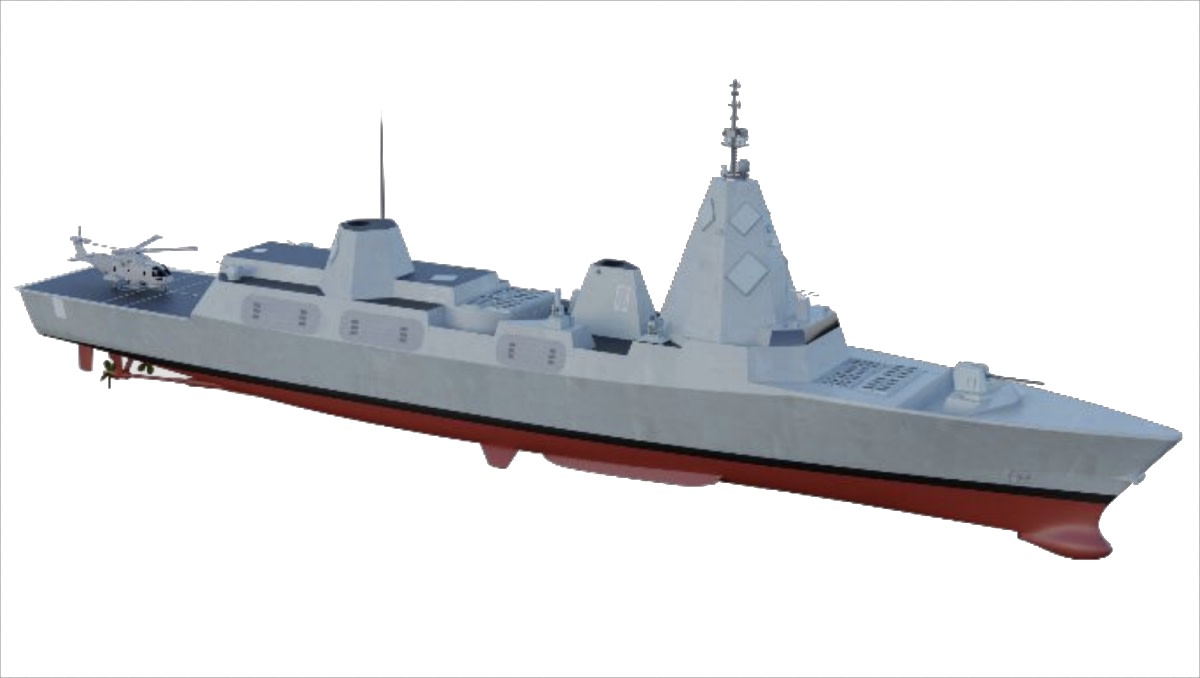You just have to go back to the 2009 Rudd Defence White paper that recommended new frigates, submarines and OCVs. Fourteen years later and we are yet to see even one of them enter service. The frigates and submarines are in fact still another decade away.
It always gives me a chuckle when someone refers back to the 2009 Rudd DWP as if it was God handing down the 10 Commandments to Moses.
It’s as if some people believe the 2009 DWP was a document set in stone, and the clock was supposed to start ticking from the day it was published, but it wasn’t, was it?
The 2009 Rudd DWP may well have ‘recommended’ 8 x Frigates (‘Future’ Frigates in fact), 12 x Submarines and 20 x OCVs, but not one was actually ordered, not one, true?
Roll the clock forward to the 2013 Gillard DWP, and still not one ship, or sub, from the 2009 Rudd DWP was on order, again, not even one.
The 2013 Gillard DWP also put the 20 x OCVs on the back burner and instead planned to replace the ACPBs with yet another class of PBs (would most likely have been Cape class PBs).
Late 2013 we then have a change of Government (from ALP to LNP), firstly led by Abbott, that Government starts the ball rolling on what would eventually become the 2016 Turnbull DWP.
The 2016 Turnbull DWP adds an additional Frigate (now 9), it reinstated the OCV project as an OPV project, initially 12 (subsequently to 20 at the 2020 ScoMo DSU).
The Hunter FFG design was selected in June 2018 (nine years after the 2009 Rudd DWP).
The Arafura OPV design was selected in November 2017 (eight years after the 2009 Rudd DWP).
The Attack SSG design was selected in April 2016 (seven years after the 2009 Rudd DWP).
So let’s roll the clock a bit further forward:
Attack class - cancelled by ScoMo in September 2021 - creation of AUKUS - early 2023 Albo confirms the decisions taken by ScoMo will proceed for a fleet of SSNs (Albo has no choice but to follow the path set out before him).
Arafura class - six OPVs currently under construction, yes there does appear to be delays, in addition, 10 Cape class PBs (ordered by the LNP) are either under construction or already in service to ensure the RANs patrol boat capability is maintained until sufficient OPVs enter service.
Hunter class - yes construction has been delayed - five prototype blocks to be made before construction starts - it was initially reported those five block would not be to production standard - more recently reported the last three blocks will be to production standard and used in actual real production - it was also reported that BAE Australia said that by the time Ship 03 is delivered the previous delays will have been caught up with.
So here we are now, the 2023 Albo DSR was delivered, but also kicked the can down the road with a separate review for the RAN, due late this year.
So yes we are 14 years down the road from the 2009 Rudd DWP (and 10 years down the road from the 2013 Gillard DWP), but not one ship or sub was ordered by Rudd/Gillard/Rudd during their time in Government (2007-2013).
It wasn’t until 2016 (subs), 2017 (OPVs) and 2018 (frigates) that ‘real’ designs selected and ‘real’ orders placed.
Maybe now people will stop using the 2009 Rudd DWP as some sort of starting point, it was a starting point that never ever happened.
All smoke and mirrors, all hot air too.
(PS, all documents referenced by me above are available online if anyone is bothered to check).


